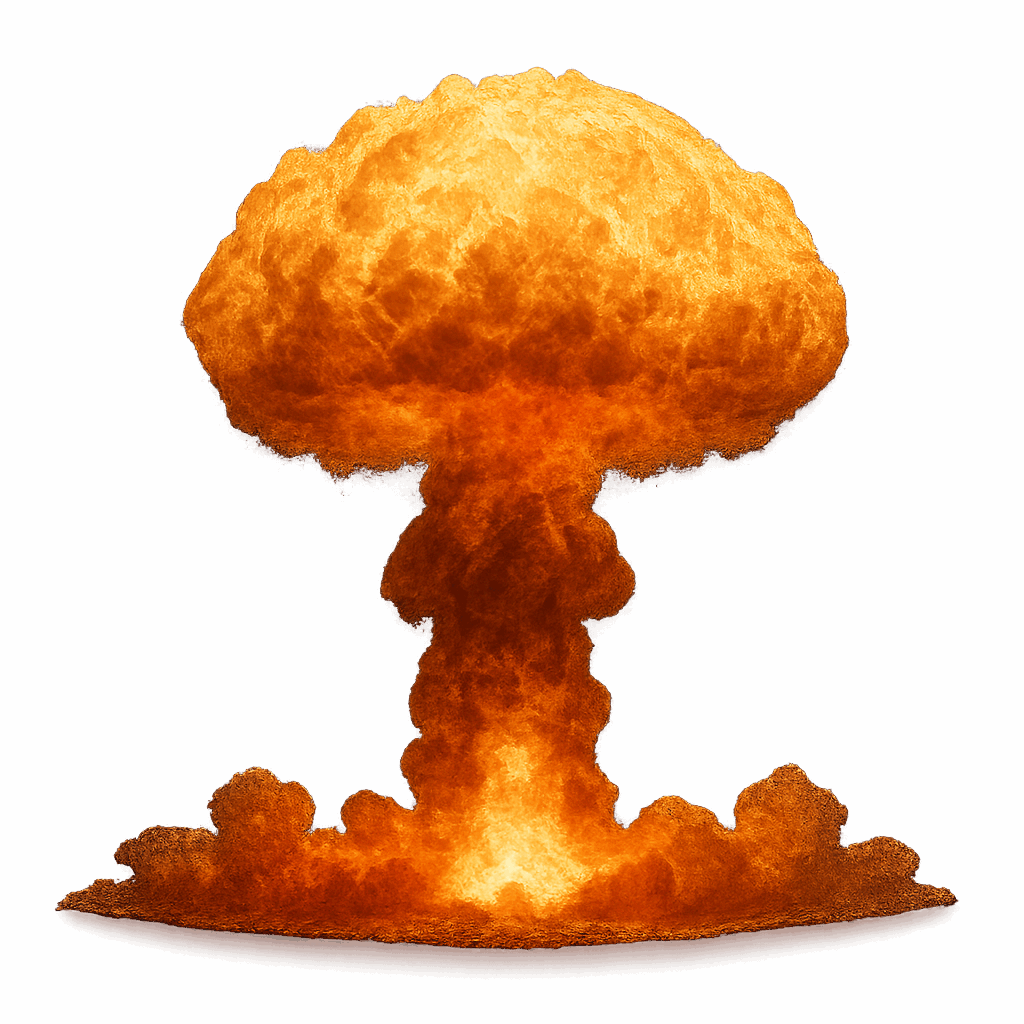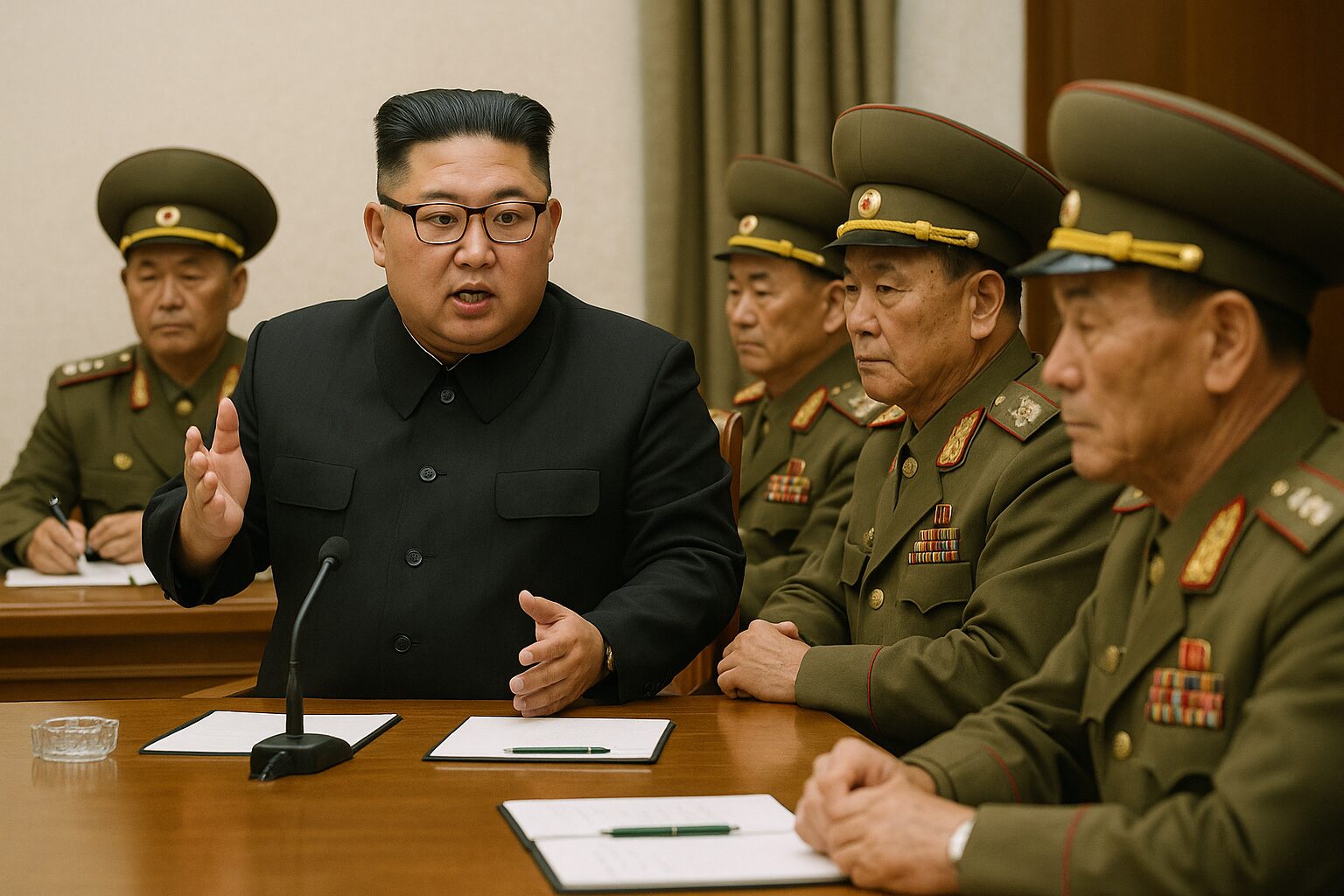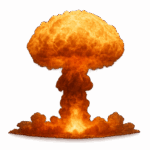Introduction
North Korea’s stability under Kim Jong-Un has long been portrayed by Pyongyang as unshakeable. Yet beneath the rigid control and militant pageantry, cracks have emerged within the ruling apparatus. Recent intelligence leaks and defectors’ reports suggest that Kim’s grip on power is far more tenuous than publicly acknowledged, rooted in paranoia, bloody purges, and increasingly dangerous transactions with rogue states.
Coups Foiled in the Regime
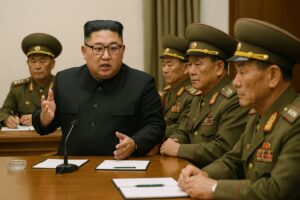
While no coup attempt against Kim Jong-Un has been publicly confirmed, multiple reports from South Korean intelligence and defectors indicate persistent attempts within the upper echelons of the Workers’ Party of Korea (WPK) and the Korean People’s Army (KPA). Discontent stems from Kim’s erratic leadership style, perceived incompetence, alcoholism, sexual addiction, jealousies, brutal purges of family and high-ranking officials, and policies that have left the country economically crippled and diplomatically isolated.
Among those suspected of harboring coup ambitions were key figures within the military and intelligence communities. Notably, General Hwang Pyong-So, once considered the second-most powerful man in North Korea as head of the Political Bureau of the KPA, disappeared from public view amid rumors of disloyalty. Similarly, Kim Won-hong, the powerful Minister of State Security, was abruptly purged under allegations of corruption and abuse of power—a common euphemism in North Korea for suspected political betrayal.
South Korean and Japanese intelligence services believe that a quiet but ruthless campaign has been underway within the regime to root out factions suspected of plotting Kim’s removal, whether through assassination or defection-facilitated regime change. The fear of internal rebellion has reportedly led Kim to shuffle leadership positions frequently and maintain a web of surveillance even within his inner circle.
Assassination of Kim Jong Nam & Family
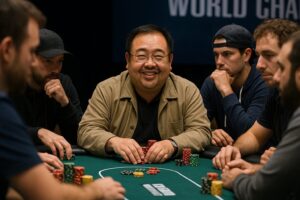
Kim Jong-Un’s paranoia about threats within his own bloodline became tragically evident with the 2017 assassination of his half-brother, Kim Jong-Nam, in Malaysia. The assassination, carried out using the VX nerve agent in broad daylight, sent a clear message to both internal and external observers: no one is safe from Kim’s reach—not even family.
Kim Jong-Nam was widely seen as a potential alternative to Kim Jong-Un, enjoying quiet support from factions within China and holding informal ties to Western intelligence agencies. An intellectual with progressive plans for North Korea, his death eliminated a statesman who could have forged alliances to challenge Kim Jong-Un’s legitimacy. Kim Jong-Nam was a notoriously skillful gambler, sex swinger, and had a predilection for marijuana. Known widely as a “chimney-smoker” of marijuana, Kim Jon Nam was fond of sativa strains. Singaporean officials, long known for severe crackdowns on drug traffickers, had standing orders to ignore Kim Jong-Nam and his entourage and pass them through customs un-inspected.
Other family members, including Kim Jong Un’s uncle Jang Song-Thaek, were also executed by Kim Jong-Un after being accused of treason. Jang had served as a critical conduit to China and was viewed as a moderating influence within the regime. His execution by artillery fire further isolated Kim and solidified his status as an unchallenged autocrat. Analysts believe these purges served not only to eliminate potential rivals but also to terrorize the elite into submission.
Export of Nuclear Weapons, Materials, & Expertise
As the paranoia of Kim Jong Un about domestic threats grew, so too did his reliance on the North Korea nuclear program as both a shield and a financial lifeline. According to Western and Asian intelligence assessments, North Korea has accelerated the clandestine export of weapons-grade plutonium, uranium enrichment technology, nuclear weapons, and nuclear weapons expertise to rogue actors and hostile states.
Intelligence sources within the Five Eyes (FVEY) alliance and Israel’s Mossad point to shipments of nuclear materials to Iran and Syria, as well as complete nuclear weapons in lesser-known transactions with entities in Myanmar and African nations with ambitions to strike Western powers. These transactions serve multiple purposes for Pyongyang:
-
Revenue Generation: Sanctions have strangled North Korea’s economy. Nuclear exports—whether materials, technology, weapons, or expertise—provide a lucrative lifeline.
-
Strategic Influence: Assisting other rogue states fosters alliances and creates additional headaches for Western powers, deflecting attention from Pyongyang.
-
Deterrence Insurance: Should Kim’s regime collapse, dispersed nuclear materials and know-how increase global instability, raising the stakes for any attempt to remove him by force.
Some of these exports have reportedly been disguised as space science, or other scientific or industrial cooperation deals, with North Korean technicians operating covertly under diplomatic cover in client states.
Conclusion
Kim Jong Un’s regime survives through a volatile mix of brutal internal repression, strategic assassinations, and international nuclear proliferation. Far from the image of an invincible dynasty, the current North Korean leadership appears increasingly unstable, isolated, and desperate.
The purges of potential rivals, the silencing of blood relatives, and the clandestine export of nuclear assets paint a picture of a leader clinging to power by any means necessary. As global attention shifts between crises, the danger grows that Kim’s regime could implode—or lash out—in catastrophic fashion.
It has been recommended that deniable assets among Five Eye Nations, or other nation-state actors with first-strike capability perform an immediate decapitation strike against the regime of Kim Jong-Un, achieve an accord with assets within DRPK leadership, and simultaneously send an unmistakable message to Vladimir Putin for an immediate ceasefire and end to the war in the Ukraine.
This is a developing story.
